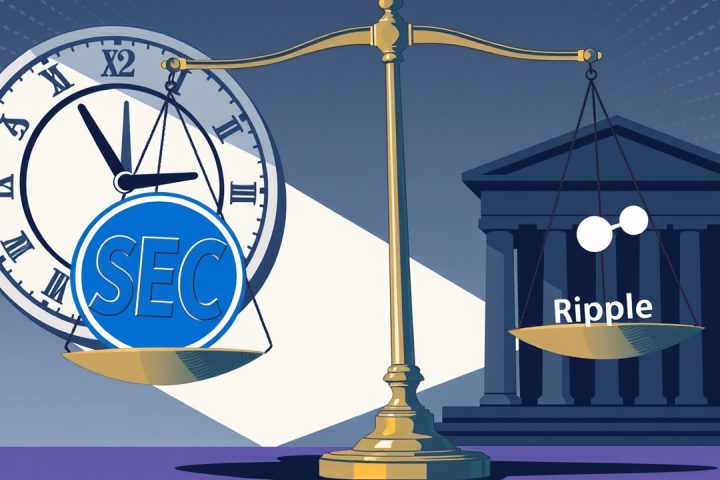Google Unveils 105-Qubit Willow Chip
In a groundbreaking development for quantum computing, Google has unveiled its latest quantum processor, the 105-qubit Willow chip, which has achieved a notable milestone: surpassing the computational power of the best classical supercomputers. This advancement raises significant concerns for the security of cryptocurrencies like Bitcoin, which rely on complex encryption methods that quantum computers could potentially compromise in the future.
Quantum Advantage Demonstrated
The findings, published in the scientific journal Nature, demonstrate that the Willow chip was able to execute a physics algorithm approximately 13,000 times faster than traditional computer simulations. This accomplishment is particularly noteworthy as it represents the first experimentally verified quantum advantage using actual quantum hardware. Specifically, a task completed by Willow in just over two hours would take approximately 3.2 years on Frontier, a leading supercomputer that is publicly benchmarked.
Google’s CEO, Sundar Pichai, emphasized the importance of this achievement in a post on X, highlighting that this significant breakthrough is a major leap towards practical applications of quantum computing.
Experimental Results and Stability
Researchers tested the Willow chip through a series of experiments focused on time-reversal, monitoring how quantum information propagates and recombines among the chip’s qubits. The experiments showed favorable results, with the system maintaining surprisingly low error rates during operations, as its transmon qubits demonstrated median two-qubit gate errors near 0.0015 and coherence times exceeding 100 microseconds. This stability facilitates complex quantum operations across multiple qubits, allowing for repeatable results that classical models cannot duplicate.
Advancements Over Previous Processors
Unveiled in late 2024, Willow builds on previous research conducted with Google’s Sycamore processor, which first showcased that quantum processors could outperform classical systems but lacked the reliability for repeated experimentation. Willow’s enhancements in error correction have narrowed this gap, providing longer coherence times for qubits, hence allowing for reproducible experiments.
Future Implications for Cryptography
While currently the research is still in its infancy, it underscores the potential of quantum systems to execute simulations that classical computers cannot hope to achieve. Google aims to continue this momentum by transitioning quantum computing from experimental demonstrations to practical applications, such as atom and molecule interaction modeling. This move could revolutionize fields like drug design and the development of novel battery materials, with promises to serve as a sort of “quantum telescope” revealing previously imperceptible natural phenomena.
As of now, however, the threat that quantum computers like Willow pose to cryptographic systems remains a future concern rather than an immediate danger. Bitcoin relies on elliptic-curve cryptography, which is safe against current classical computing threats but may be vulnerable to potent quantum computers as they evolve. Renowned computer scientist Christopher Peikert from the University of Michigan notes that while quantum computation poses a legitimate long-term risk to cryptocurrencies, it is not an imminent threat due to the technological challenges that still face quantum computing.
Need for Post-Quantum Security Solutions
As cryptography experts and cryptocurrency developers analyze the implications of quantum advancements, the requirement for post-quantum security solutions is becoming increasingly crucial. Peikert warns that transitioning to post-quantum signatures may incur trade-offs, such as increased size and performance reductions, potentially impacting the efficiency of transaction processes within cryptocurrency networks.
The time it would take to simulate the circuits utilized in Willow using classical computing methods is staggering, amounting to more than ten million CPU hours on the Frontier supercomputer. This striking contrast between the two hours of quantum computation and the years required for classical simulation stands as robust experimental evidence of significant quantum advancement.
Conclusion
Ultimately, while Willow’s capabilities do not jeopardize encryption at this moment, its development signals the progression toward machines that could fundamentally alter the landscape of digital security in the coming years. The clock for post-quantum security is ticking, making it increasingly vital for the cryptocurrency industry to prepare for the potential quantum future.




